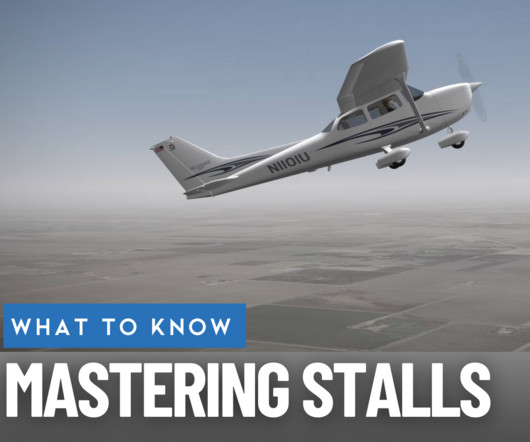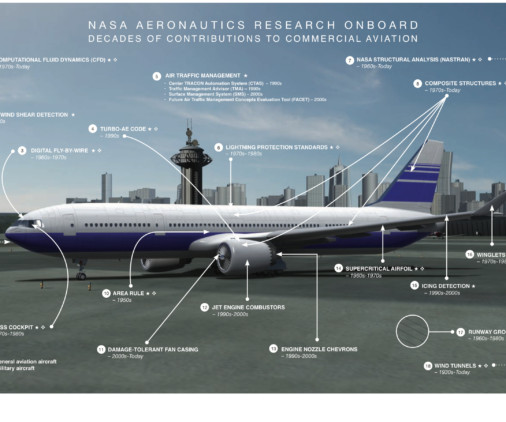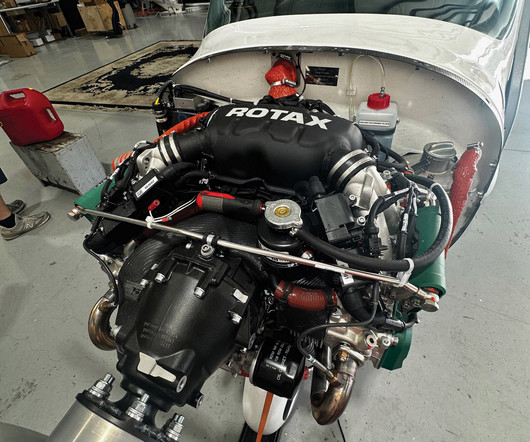Mastering Stalls: How to Recognize, Prevent, and Recover Safely
Flight Training Central
MARCH 3, 2025
Depending on design, airfoils used in general aviation, stall at angles of attack between 16 to 18 degrees. While its extremely important to understand what conditions can lead to a stall, how to recognize an impending stall, and correct recovery techniques, its not something to fear during your everyday flying.













Let's personalize your content